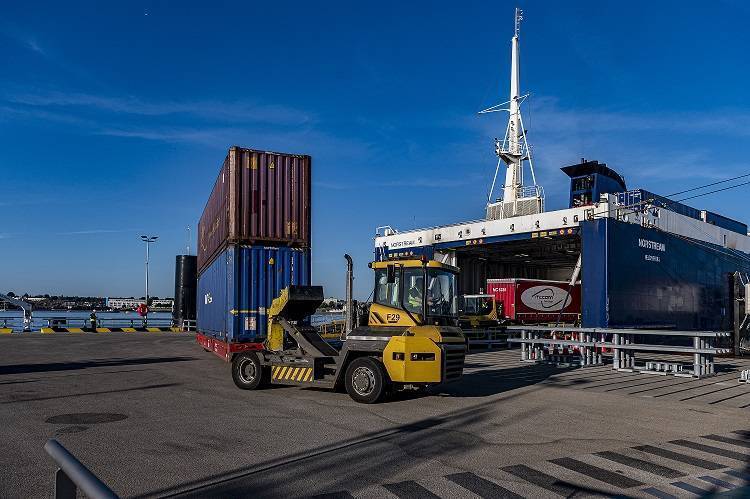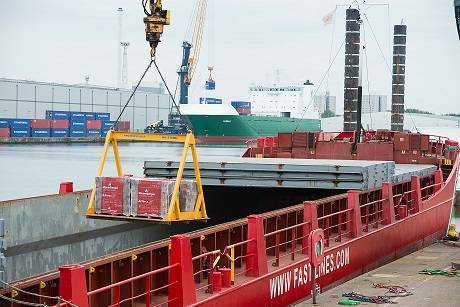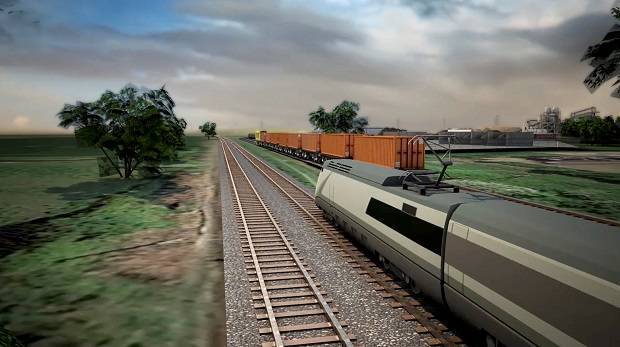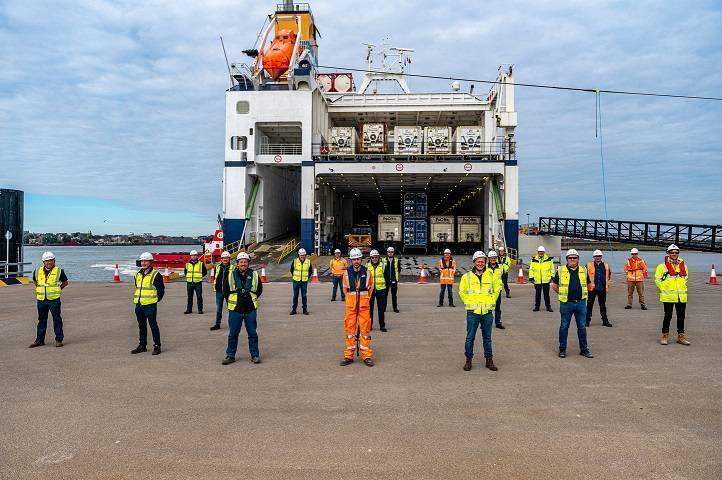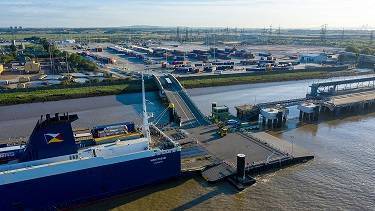Forth Ports and DP World announce joint bid for a freeport on the Thames
Friday 7th August 2020
(Thurrock, 07 August 2020) Two of the UK’s largest port businesses – Forth Ports Group and DP World – today announce a partnership which will submit a joint freeport bid incorporating the Port of Tilbury and DP World London Gateway. As part of the commitment to this joint bid, the partnership announces the appointment of Vivid Economics who will provide expert advice and economic analysis during the process.
The partnership brings together the complementary strengths of the two major ports on the Thames. Together the two port businesses make Thurrock one of the UKs strongest port and distribution clusters.
Both operations in Tilbury and at London Gateway have the scale, global connectivity and the ability to expand and develop land at scale as the market demands. The digitally connected multi-site free trade zone will focus on clean growth while seeking to act as an innovation hub across a range of sectors.
The Thurrock freeport bid will strongly support the area’s employment-focussed growth strategy, positioning Thurrock as the port capital of the UK. The Thurrock economy was worth £4 billion in 2018 and has experienced robust population growth over the past decade. While the area lags behind the surrounding region in wages, skills and employment, the opportunities unlocked by a joint freeport will create significant employment opportunities while delivering on the national levelling-up agenda.
Current unemployment rates in the area are above the national average at 4.6%: up to 36,000 direct and indirect jobs could be created at London Gateway alone, once the site is fully built out. Thurrock’s local economy is already benefitting from port-focused development at Tilbury and London Gateway, with projects at both supporting Thurrock council’s employment objective.
The Port of Tilbury is the largest multi-purpose port serving the South East and is the UK’s fastest-growing port. It is a national export hub surrounded by high-value industrial clusters that would be boosted by freeport status. Utilising the port’s experience of operating a freeport in the recent past (Tilbury held freeport status until 2012), streamlining customs processes and developing new terminals, the port is committed to bid for a designation in Thurrock. The port has invested £1 billion during 2012-20, which has seen it double the size of its business in the past 10 years and is projected to double the volume of cargo across the quay (from 16 million to 32 million tonnes) and increase direct employment (from 3,500 to 12,000 jobs).
DP World London Gateway is the UK’s newest container port, with the DP World Group having invested over £1.5bn to develop a state-of-the-art deep-sea container port and Logistics Park. London Gateway offers flexible, fast supply chain solutions with the ability to handle the largest containers vessels, and boasts 9.25 million sq ft of convenient, modern warehousing space. DP World will draw upon the Group’s experience in setting up and operating the Middle East’s most important free trade zone at Jebel Ali in Dubai and will implement a secure and safe set of customs and operating processes to ensure port users can take advantage of the full range of customs and financial incentives to offer in order to attract new investment to the UK.
Details of the bid will be developed with Vivid over the coming months with the policy statement by the UK Government expected to be published in the autumn. The timescale for submission of a bid is expected to be towards the end of 2020/early 2021.
Commenting on the announcement: Charles Hammond, Chief Executive of Forth Ports (owner of Port of Tilbury), said: “I am looking forward to working with the team at London Gateway on this submission for freeport status. Thurrock is at the heart of the port industry in the South East and the development hub of the Thames estuary. This joint bid brings together our complementary strengths which will create a strong, export-focused case for a freeport designation. Our appointment of Vivid Economics clearly demonstrates our commitment to creating a compelling submission later this year. Like London Gateway, at Tilbury we have a robust network of international connections, streamlined customs systems and developable land close to key markets. In May this year, we opened the UK’s largest unaccompanied freight ferry terminal at Tilbury2, further strengthening our location to support existing and new business opportunities”
Ernst Schulze DP World UK CEO commented that “We believe a freeport on the Thames will ensure that the UK continues to be an attractive destination for inward investment, and that bringing London Gateway within a freeport will help lower the total cost of trade to the benefit of UK industry and retailers and ensure resilience in the overall supply chain. Working with Forth Ports will enable us to create the most sustainable, strategically located, trade enabling centre of excellence in the UK, whilst allowing us to support the development of local industry and create high skilled employment for the local area”
James Patterson-Waterston, Head of Cities and Infrastructure at Vivid Economics, said “We are excited to apply our knowledge from working in trade and investment across the world to further develop a dynamic and globally competitive freeport in the inner Thames Estuary. Given the substantial trade passing through Thurrock ports currently, this area is clearly a strong candidate for the new wave of ambitious and strategic freeports in the UK. We look forward to working with Forth Ports and DP World to develop a compelling case for freeport designation.”
7 August 2020 -ends-

